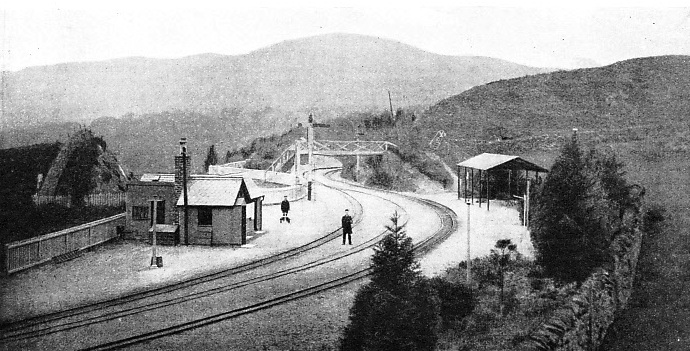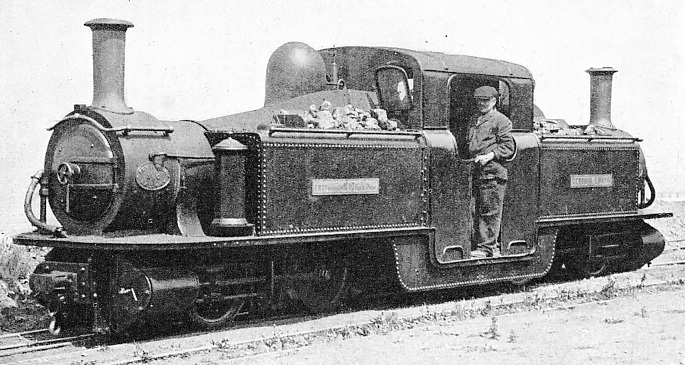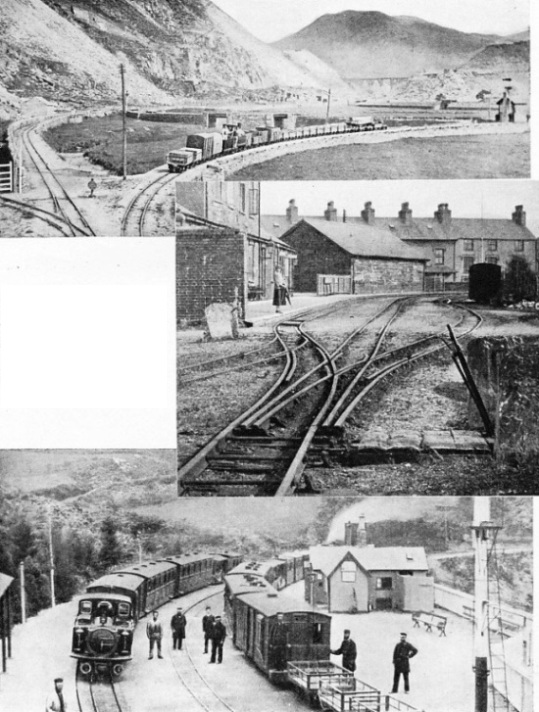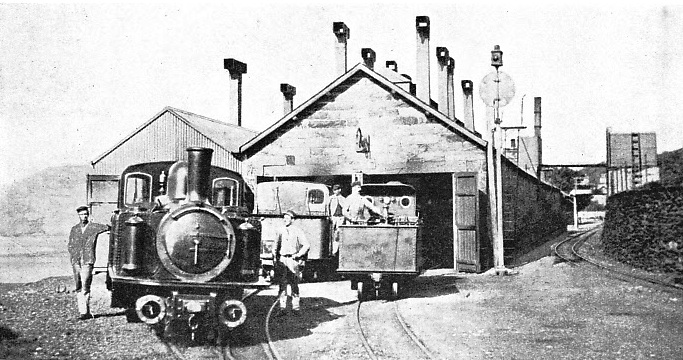
© Railway Wonders of the World 2012-

| Advertisements |
| Articles by Cecil J Allen |
| Binding |
| Cookie Policy |
| Covers |
| Donate |
| FAQs |
| Illustrations |
| More on Railway Wonders |
| Other Series |
| Privacy & Terms of Use |
| List of Illustrations |
| Locomotive Illustrations |
| Carriage Illustrations |
| Wagon Illustrations |
| Part 1 |
| Part 2 |
| Part 3 |
| Part 4 |
| Part 5 |
| Part 6 |
| Part 7 |
| Part 8 |
| Part 9 |
| Part 10 |
| Part 11 |
| Part 12 |
| Part 13 |
| Part 14 |
| Part 15 |
| Part 16 |
| Part 17 |
| Part 18 |
| Part 19 |
| Part 20 |
| Part 21 |
| Part 22 |
| Part 23 |
| Part 24 |
| Editorial - Part 1 |
| Editorial - Part 2 |
| Editorial - Part 3 |
| Editorial - Part 4 |
| Editorial - Part 5 |
| Editorial - Part 6 |
| Editorial - Part 7 |
| Editorial - Part 8 |
| Editorial - Part 9 |
| Editorial - Part 10 |
| Editorial - Part 11 |
| Editorial - Part 12 |
| Editorial - Part 13 |
| Editorial - Part 14 |
| Editorial - Part 15 |
| Editorial - Part 16 |
| Editorial - Part 17 |
| Editorial - Part 18 |
| Editorial - Part 19 |
| Editorial - Part 20 |
| Editorial - Part 21 |
| Editorial - Part 22 |
| Editorial - Part 23 |
| Editorial - Part 24 |
| Part 25 |
| Part 26 |
| Part 27 |
| Part 28 |
| Part 29 |
| Part 30 |
| Part 31 |
| Part 32 |
| Part 33 |
| Part 34 |
| Part 35 |
| Part 36 |
| Part 37 |
| Part 38 |
| Part 39 |
| Part 40 |
| Part 41 |
| Part 42 |
| Part 43 |
| Part 44 |
| Part 45 |
| Part 46 |
| Part 47 |
| Part 48 |
| Part 49 |
| Part 50 |

The Festiniog Railway
A Remarkable Narrow Gauge Line in North Wales

TAN-
THE light railways of Great Britain are among the most interesting of all systems, although, tucked away in odd corners of the country, they are seldom, seen by the majority of the travelling public. Such lines are not only remarkable for the diversity in design of their locomotives and rolling stock, but they also have histories that arc well worth investigation.
One of the most interesting of these lines is the Festiniog Railway, the history of which is closely related to that of the slate industry of Wales.
The construction of the railway was, in fact, the outcome of a desire on the part of the slate quarry owners to find a reliable way to transport their product to the sea for shipment.
Slate had been systematically mined in the district since the middle of the eighteenth century. The carts and horses of the farmers in the neighbourhood were hired for the purpose of taking the slates to boats at tidewater about ten miles distant. Festiniog being at an elevation of 700 ft above sea-
In the year 1810 Mr. William Alexander Madocks had completed, at a cost of £100,000, an extensive land reclamation scheme by building an embankment over a mile long, 100 ft high, and 30 ft wide at the top, across what was then a bay near the present town of Portmadoc, which is named after him. This and another embankment two miles long on the west side of the bay, reclaimed thousands of acres of land as far inland as the Pass of Aberglaslyn.
This pass is one of the beauty spots of Wales. Through the picturesque narrow defile the Glaslyn torrent rushes on its way to the sea. A modern highway runs side by side with the stream between steep fir-
The former residence of Mr. Madocks -
Railways were, as yet, not projected, and a turnpike road was built along the embankment to form means of communication between the counties of Merioneth and Caernarvon.
With such facilities available, it was only natural that the slate quarry owners should decide to abandon their old methods of shipment. Many plans and suggestions were put forward, but nothing tangible was done until 1831, when Mr. James Spooner surveyed a route for a railway from Festiniog to Portmadoc. The project was adopted, but was turned down by Parliament.

“WELSH PONY”, a saddle-
As happened on other pioneer railways, strong opposition was encountered from local vested interests, but the Bill was passed in 1832, and the company was incorporated under an Act of William IV, supplemented in 1869 by an Act of Victoria.
Construction of a narrow-
Tourists from all over the world go out of their way to travel through the romantic and beautiful scenery traversed by the line. Hundreds of thousands of tons of slates have been and are being carried by it to Portmadoc for shipment to all parts of the world.
The length of the railway is 13 miles 62 chains; in that distance there is a difference of level amounting to 700 ft, the gradients being continuous but varying from 1 in 186 to 1 in 69. The gauge is only 1 ft 11½ in.
The construction of the line was not an easy matter, as it had to be cut for many miles in the form of a ledge out of solid rock some hundreds of feet above the valley. Many ravines had also to be crossed on narrow stone embankments, some as high as 60 ft, and only 10 ft wide at the top -
Early Locomotives
These embankments have, however, stood up to their work for many decades past. Most of the cuttings had to be made through the solid rock and, in addition to these, there are two tunnels, one just above Tan-
Practically the whole line consists of a series of curves, some of them having a radius of only one chain and three-
In the early days, at one part of the line, trains were hauled up an incline by means of ropes actuated by a water-
As the loaded trucks went in one direction only, down the line, it was necessary to supply motive power for drawing them up only one incline. On either side the empty trucks were attached to the other ends of the ropes and drawn up as counter-

“MERDDIN EMRYS”, a “Fairlie” articulated locomotive in service on the Festiniog Railway. A “double-
At first, horses were used to draw the trucks, but it was soon discovered that, to cope with the traffic, some other means had to be employed. Because of the narrowness of the gauge and the short radius of the curves, eminent engineers, including Robert Stephenson, were of the opinion that locomotives could not be built to run on the line. But two locomotives were purchased at an early date by the railway company to work the trains. These engines were 0-
The railway began the carrying of passengers in 1864, but this was in the nature of an experiment, and travellers rode in the trains at their own risk -
The following year, however, regular passenger traffic was introduced on a section of the railway. Two more four-
A peculiarity of all engines on the Festiniog line is that the iron wheels and tyres are cast in one piece. Usually a steel tyre is shrunk on to the cast iron wheel, but it was found that application of the brakes on descending to Portmadoc caused steel tyres to expand so much that they became loose on the wheels. Increasing traffic necessitated further additions to engine stock, and in 1869 the company purchased a “Fairlie” patent “double-
A tank engine. No. 9, “Taliesin”, having the 0-
The “Staff” System
The speed of the trains was originally limited to a maximum of twelve miles an hour, but after the advent of the “Fairlie” engines, this was increased to thirty miles an hour.
The runs from the higher terminus at Blaenau Festiniog to Portmadoc on the sea, and vice versa, take about one hour in either direction, there being eight intermediate stops at stations and “halts” along the line, and many curves to be negotiated at low speed.
The line, which is a single track, is worked on the staff and block system. It will be appreciated that where a single line is used by a number of trains running in either direction, special precautions have to be taken to obviate head-
The “staff” system of train control provides that the driver of a train about to enter a section of single-

SLATE FOR ALL PARTS OF THE WORLD is carried over the Festiniog lines to Portmadoc. The picture above shows a branch line leading to the quarries near Festiniog.
A PRIMITIVE FORM of switch at Portmadoc Station. The line, which is single track, is worked on the staff and block system.
TAN-
A driver entering the section would lean from his cab and catch the ring of the staff extended to him by the driver of the train leaving the section of single line. This system is still used on some single-
The instruments are fitted with an indicator showing whether the line ahead is clear; they are fitted also with a telephone. The driver of a train entering the single-
Telegraphic communication exists between all stations and signal boxes. Although on a small scale, the line has engine sheds, constructing and repairing shops, crossings, points, and signals in the same way as the standard gauge railways.
There are many quaint and unusual sights on this railway, such as the old-
The first train in either direction is styled the “Parliamentary”. The waiting rooms once exhibited (and probably still do) interesting notices, one prohibiting smoking on the station premises, and another warning that tickets at intermediate stations would be issued only when the train was in sight.
There are no platforms at the stations, and the carriage doors are always locked, a necessary precaution not only against possible accidents to passengers, but also against damage to rolling-
First Narrow-
An interesting sight is a train of trucks loaded with slates, sometimes as many as fifty or sixty, travelling down the line without an engine. These trains are controlled by hand brakes on trucks at intervals along the train, which are operated by brakesmen who run along the tops of the trucks to put them on or take them off according to the gradient. A long line of empty trucks is brought up the line behind the coaches of passenger trains.
Central buffer couplings are used throughout, and the maximum weight of a train is about 190 tons. Locomotives Nos. 1, 2, 4, 5, and 6 were still in use in 1935 for goods traffic, not in their original form, but reconstructed with saddle tanks. Over seventy years of service is a remarkable achievement.
The Festiniog Railway claims to be the first narrow-
So satisfactory was the report of this Commission that before ten years had elapsed well over 10,000 miles of narrow-
Portmadoc, the coastal terminus of the Festiniog Railway, is also on a branch, formerly of the Cambrian Railways and now of the Great Western Railway, which runs along the coast of Merionethshire and Caernarvonshire from Barmouth Junction to Afon Wen and Pwllheli.
Another line, the narrow-

BOSTON LODGE WORKS, near Portmadoc. Repairs to the locomotives and rolling stock of the Festiniog Railway are executed here. The line owns some eight locomotives, fifty-
You can read more on “Miniature Railways”, “Model Loco Trials at Eskdale” and “Railway Curiosities” on this website.